Larch sheds its needle leaves for the winter, features of deciduous conifers

Conifers trees are often considered evergreen, which is not entirely true. Among the spruces and pines, there are a number of species that, being conifers, shed their leaves in the winter.
One of the most famous representatives is considered to be larch - a plant that sheds its needles for the winter and is distinguished by its endurance and ease of care.
Content:
- Coniferous trees and their features
- Is it the only coniferous tree that sheds its needles for the winter?
- Siberian larch sheds its needles for the winter, what else is interesting about it
- Does fir shed needles for the winter?
Coniferous trees and their features
Conifers have long and firmly occupied a special place in gardening culture, thanks to their unpretentiousness and durability. Green spaces look spectacular in winter under a cap of snow, which only increases their level of attractiveness.
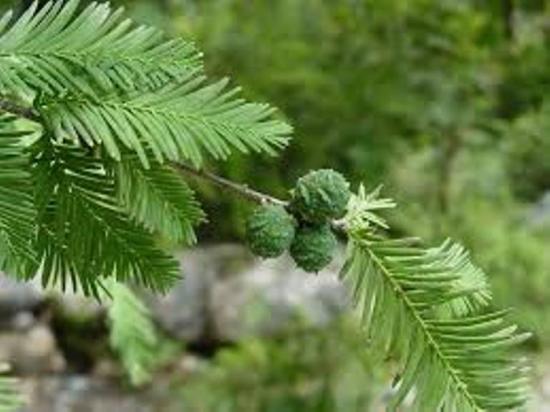
However, it is worth remembering that not all trees in this group belong to evergreen. Thus, larch, metasequoia and swamp cypress shed their needles as the temperature drops. In other representatives, the leaves fall off gradually and non-simultaneously. Moreover, the fall does not depend on the season.
The advantages of conifers include:
- Actively used in traditional and alternative medicine;
- Thanks to the natural correct shape, they practically do not need formation crowns;
- A variety of shapes and types, which makes it possible to use in garden plots of various sizes;
- Good tolerance to lack of water and light.
The combination of these factors determines the wide distribution of these plants. Ease of care and resistance to diseases attract many, both beginners and experienced gardeners.
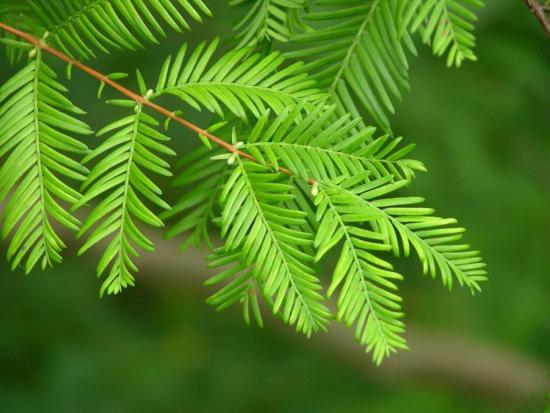
Is it the only coniferous tree that sheds its needles for the winter?
In addition to larch, there are several other types of deciduous coniferous.
Well-known and common representatives include the following.
Bolotny cypress (Taxodium biseriate)
The plant is native to North America. It is distinguished by strong wood and the presence of respiratory roots (pneumatophores). The development of the latter is determined by the natural distribution area of the species.

Found in swamp areas of the USA (from Texas to Delaware). Since swamp soil is characterized by a large amount of moisture and a lack of air, respiratory roots provide the plant with an additional source of oxygen. By autumn, not only leaves fall, but also twigs.
False larch Kempfmer
Outwardly very similar to Siberian Larch, it is easy for an inexperienced gardener to make a mistake. The differences are that this species does not have cones that crumble into diamond-shaped plates when ripe, like cedar.
The distribution area of the plant is the mountains of Eastern China, where the plant forms forests. It became widespread in gardening culture due to the unique beauty of its needles.
Metasequoia
The tall tree is distinguished by a straight trunk and a wide-conical crown of light green color. The needles of the plant are soft; by autumn they turn yellow and fall off, sometimes even along with the branches.
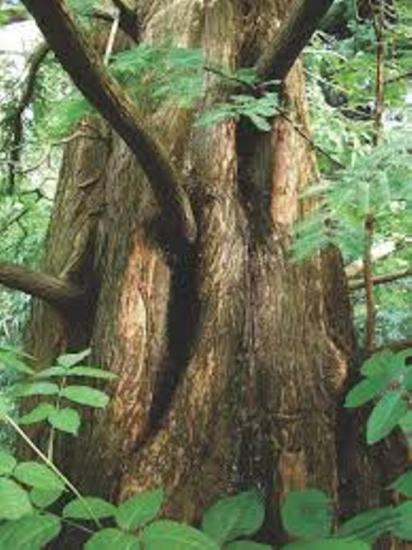
The speed is different.growth and ease of care. It is not resistant to temperature fluctuations, but grows best in the humid subtropics, along the edges of ravines and river beds.
Metasequoia and Taxodium are related species, despite the fact that they are distributed on different continents. Each of the deciduous species has a number of characteristics, but the seasonal shedding of needles unites them.
Siberian larch sheds its needles for the winter, what else is interesting about it
Larch Siberian is distributed throughout Russia from the Sea of Okhotsk to Lake Onega. It is considered the main species that forms the forests of this region.
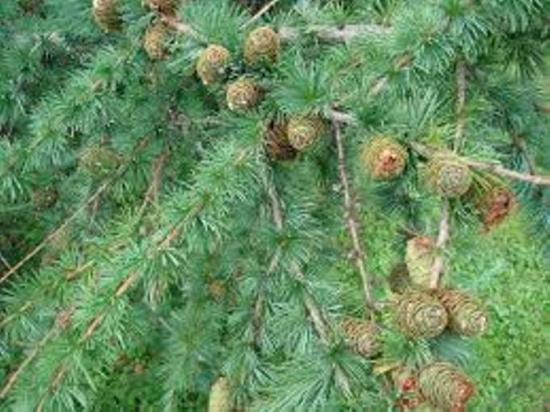
Features of the species include:
- Unlike other types of wood, the durability of wood only increases over time, which is why it is often used in the construction of houses and shipbuilding. In museums you can find products made of larch, which over the centuries spent in the mounds of Altai have only darkened.
- A large number of Russian cities were built on this wood. In addition, it is known that even in tsarist times it was exported. So the piles of the houses of Venice were also made from this very rock;
- In addition to deciduousness, the plant is different durability, can live from four hundred to five hundred years;
- Larch is a dioecious plant, that is, both female and male cones are located on the same tree, which is typical for many coniferous species;
- The plant tolerates not only a decrease, but also a significant increase in temperature. This feature makes it possible to grow it not only in the harsh conditions of the north, but also in hot climate south. Drought, with proper care, will not harm the tree;
- The tree trunks are straight and can reach a height of thirty to forty meters.But sometimes they can exceed this size up to fifty meters with a trunk thickness of up to two.
The mechanism of shedding leaves for the winter has developed in larch as a result of climate change. Seasonal cooling significantly worsens the process of enriching the plant with water, and in the presence of green foliage this disadvantage is significantly aggravated.
To avoid the danger of dying due to lack of water and oxygen, the larch was forced to adapt.
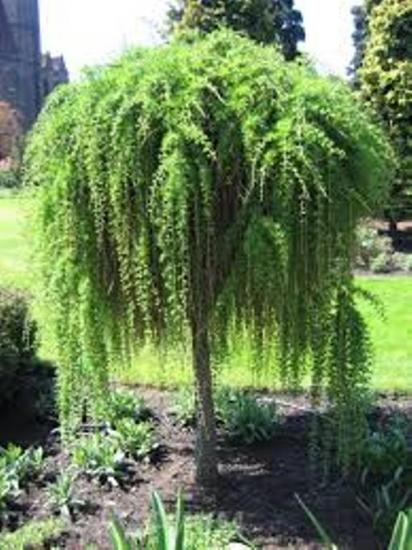
Being an unpretentious and hardy species, larch has spread widely across many regions and areas of the globe. It is used both as a garden and industrial crop. A tree can not only decorate the site, but also ensure the longevity of the building.
Does fir shed needles for the winter?
There are several types of deciduous conifers. Leaf shedding in these species arose as a result of adaptation to climate cooling. However, the majority of conifers remain characterized by maintaining a cheerful green appearance at all times of the year.
One of the brightest representatives of evergreen plants is considered fir, which belongs to the Pine family.
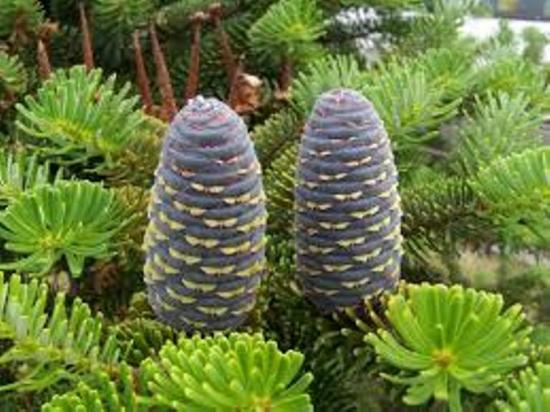
The main features of the species include:
- Unlike other representatives of evergreen trees, fir reproduces not only by seeds, but also by layering, which are formed as a result of grounding its lower branches;
- Monoecy - trees are dioecious; both male and female reproductive organs are formed on one plant at the same time;
- Tolerates shade perfectly; lack of good lighting does not depress the plant;
- Height fir in the first ten years of life it is slow and only after that it begins to accelerate sharply;
- The average lifespan of a tree is from three hundred to five hundred years, sometimes it can live up to seven hundred;
- Flowering begins at the age of sixty when grown in the forest and at the age of forty in the park;
- Fir cones, unlike pine and spruce, are arranged vertically, resembling candles. They do not fall off, maintaining their integrity, but crumble on the branch, like cedar and false larch in autumn or early winter.
Since fir is an evergreen tree. Unlike larch, this species does not completely shed its needles for the winter.
Renewal of needles occurs gradually, regardless of the time of year. That is why it seems that the fir does not shed its leaves at all.
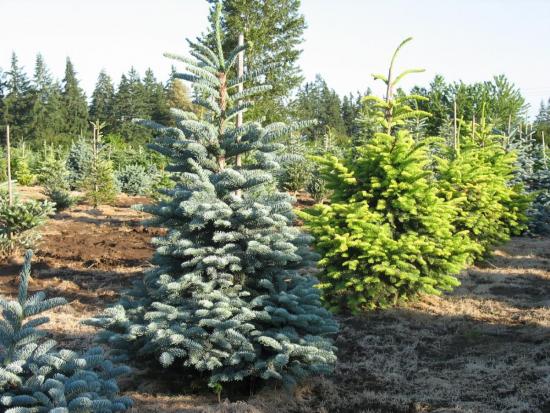
The common belief that all conifers are evergreens is erroneous.
A striking example of deciduous representatives is considered to be larch - a tree unique in its durability, widespread in horticulture. Used for landscaping areas of various sizes, wood is highly valued in construction.
You will learn more about larch and the secrets of its cultivation by watching the video:

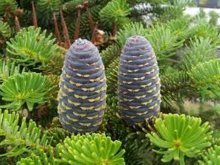
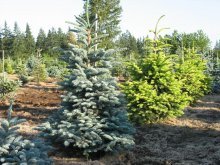
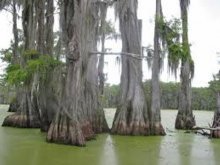

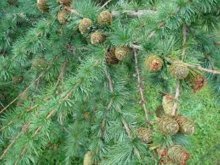
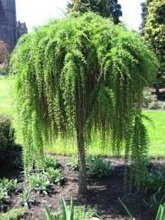
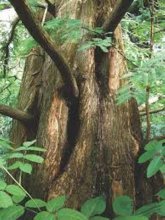

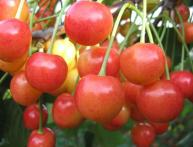

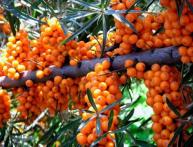

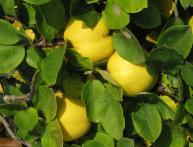
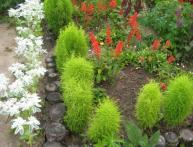
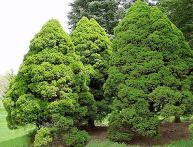
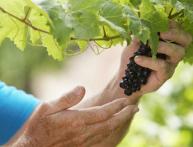
Comments
We planted larch along the road to the dacha area and I can tell you that it grows very well and affects snow retention. The fact that sheds leaves is not scary. Let him reset!